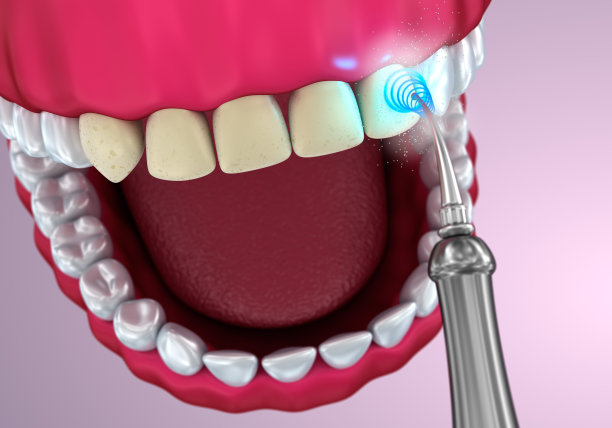Essential Guidelines and Precautions to Follow for Successful Dental Filling Procedures
Summary: Dental filling procedures are essential for restoring the integrity of a tooth damaged by decay or trauma. This article presents a comprehensive overview of essential guidelines and precautions that both patients and dental professionals should follow to ensure successful dental fillings. The discussion is organized into four key aspects: the importance of selecting the right materials, the role of effective communication during the procedure, the necessity of maintaining strict hygiene protocols, and post-treatment care. By adhering to these principles, patients can minimize discomfort and enhance the effectiveness of their dental fillings, ensuring long-lasting oral health.
1. Choosing the Right Filling Material

The selection of filling material is one of the most critical steps in achieving a successful dental filling. Different materials, such as amalgam, composite resins, and gold, offer varying benefits and disadvantages. For instance, composite resins are highly aesthetic and allow for a natural look, making them ideal for fillings in visible areas. Conversely, amalgam is durable and cost-effective, making it a preferred choice for back teeth.
Furthermore, it’s essential to consider the patient’s specific needs when selecting a filling material. Factors such as the size and location of the cavity, as well as the patient’s dental and medical history, should influence the decision. Discussing these factors with a dentist can facilitate informed decision-making, ultimately leading to better treatment outcomes.
Additionally, new materials are continuously being developed, so staying informed about advancements can provide options for better efficacy and durability. Dentists should discuss the pros and cons of various materials with their patients to ensure a well-rounded understanding of their choices.
2. Effective Communication Between Patient and Dentist
Communication plays a crucial role in the success of dental filling procedures. An open dialogue between the patient and dentist fosters trust and ensures that both parties are on the same page regarding the treatment plan. Before the procedure, patients should feel comfortable discussing their concerns, such as anxiety about pain or previous negative experiences with dental work.
Moreover, dentists should take the time to explain the procedure step-by-step, alleviating any fears the patient may have. Providing information about what to expect during and after the procedure empowers patients and prepares them mentally for the treatment. This communication can significantly reduce anxiety and enhance the overall patient experience.
Furthermore, aftercare instructions must be conveyed clearly to ensure patients understand what steps to take post-procedure. This can prevent complications and ensure the longevity of the dental filling. Effective communication is an ongoing process that helps in building a strong patient-doctor relationship, vital for successful dental treatment.
3. Maintaining Strict Hygiene Protocols
Adhering to hygiene protocols is imperative for preventing infection during dental filling procedures. The dental office should be a sterile environment, and both the dentist and their assistants must follow strict hygiene guidelines, such as wearing gloves and masks, to maintain a clean workspace. Instruments must be sterilized properly to eliminate any risk of cross-contamination.
Patients can also play a role in maintaining hygiene by ensuring that they communicate any health issues, such as illnesses or allergies, that might affect the treatment process. Moreover, pre-procedure dental cleanings can contribute to a safer and more effective filling procedure.
The health of the patients gum tissue should also be considered, as gum disease can compromise the fillings performance. Dentists may need to address these issues before proceeding with the filling, ensuring that the ultimate result is not only aesthetically pleasing but also functionally sound.
4. Importance of Post-Treatment Care
Post-treatment care is a pivotal aspect of ensuring the success of dental fillings. After a filling, patients should follow their dentists instructions carefully to minimize discomfort and facilitate healing. Common post-treatment recommendations include avoiding hard foods and maintaining proper oral hygiene practices.
Additionally, patients should be aware of signs indicating a potential problem, such as increasing pain or sensitivity in the filled tooth. Early detection of complications can prevent more severe issues from developing and ensure that the filling remains intact and functional.
Regular check-ups with the dentist are also essential to monitor the condition of the filling and overall dental health. These appointments allow for timely interventions if any issues arise, contributing to the longevity of dental restorations.
Summary:
In summary, successful dental filling procedures hinge on multiple factors, including selecting the right materials, ensuring effective communication, maintaining strict hygiene protocols, and adhering to proper post-treatment care. Patients who understand and actively engage in these aspects will have a more favorable experience, leading to enhanced oral health.
This article is compiled by Vickong Dental and the content is for reference only.


